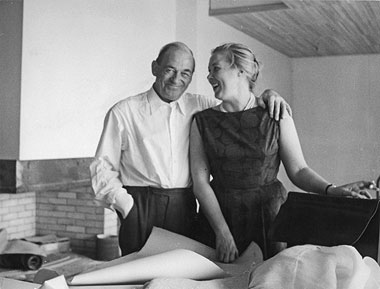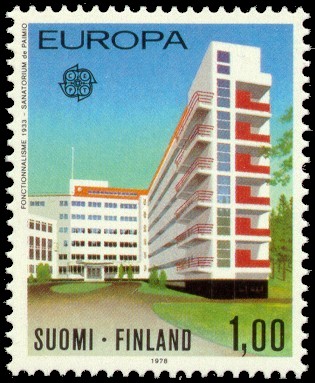Among the visionaries who pioneered modern architecture and design, Alvar Aalto set himself apart from many of his contemporaries by not relying on industrialized processes, but rather forging a style based on a wide array of interests and concerns.
Born in Finland and a pioneer of the Scandinavian modern movement, Aalto came to prominence in the early 20th century with a humanistic approach to modernism. He infused his works with a sense of mood, intensity, atmosphere and national identity; it has been said “Finland is with Aalto wherever he goes.” He first received world recognition upon completion of the Paimio Sanatorium in 1929. In 1939, he designed the Finnish Pavilion at the New York World’s Fair; if the highest of praise from the international media wasn’t enough, architect Frank Lloyd Wright proclaimed it a work of genius. His later career brought him much more success in the field of architecture, but also in other forms of design. Aalto was a legendary glassware designer, creating numerous stunning pieces including the Aalto Vase, which was inspired by the dress of an arctic indigenous woman. To this day, glassblowers in the iittala, the famed Finnish housewares factory, recreate his designs to spec.
Alvar Aalto once said “We should work for simple, good, undecorated things, but things which are in harmony with the human being and organically suited to the little man on the street.” We at Styleture couldn’t agree more.




